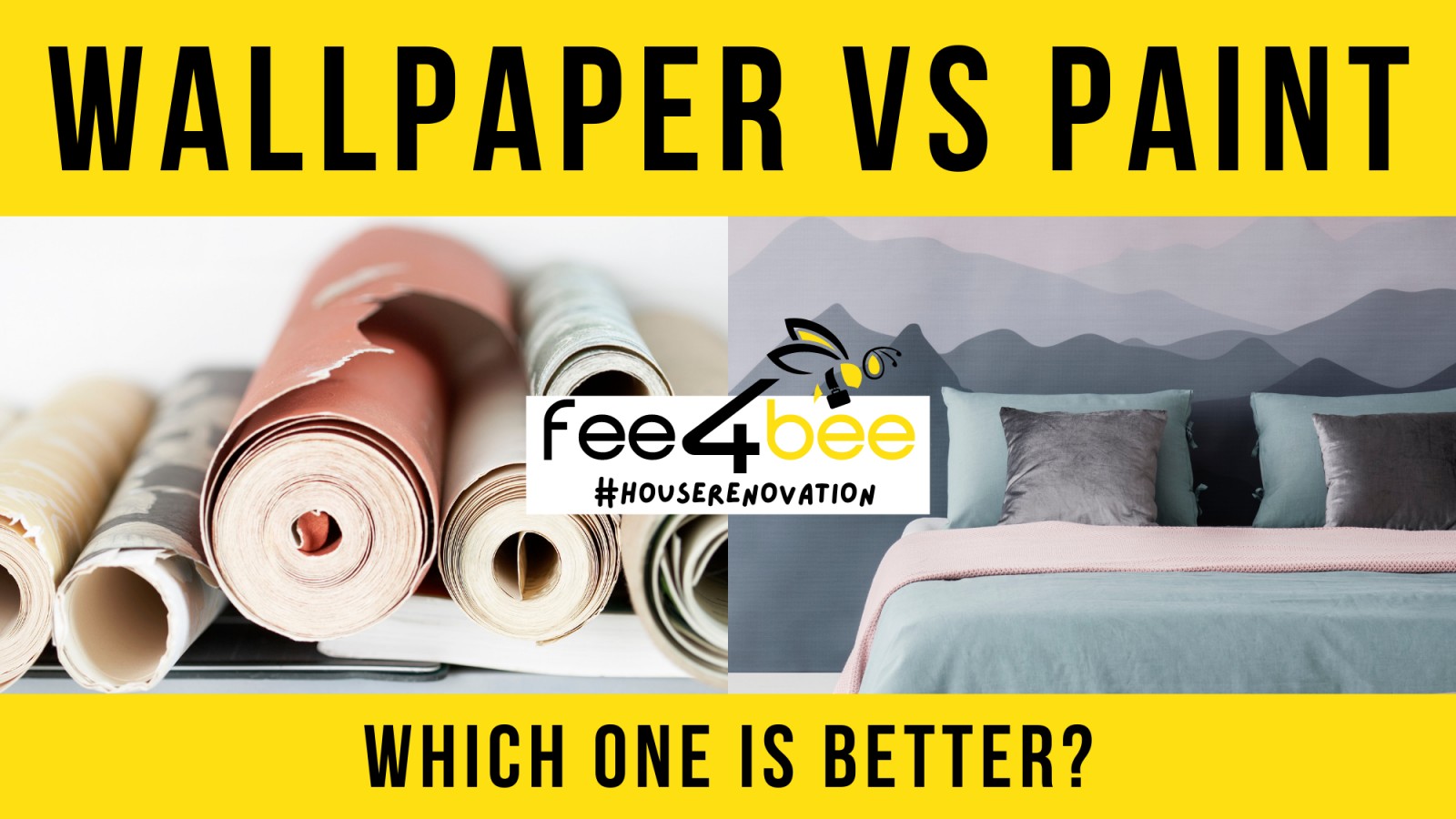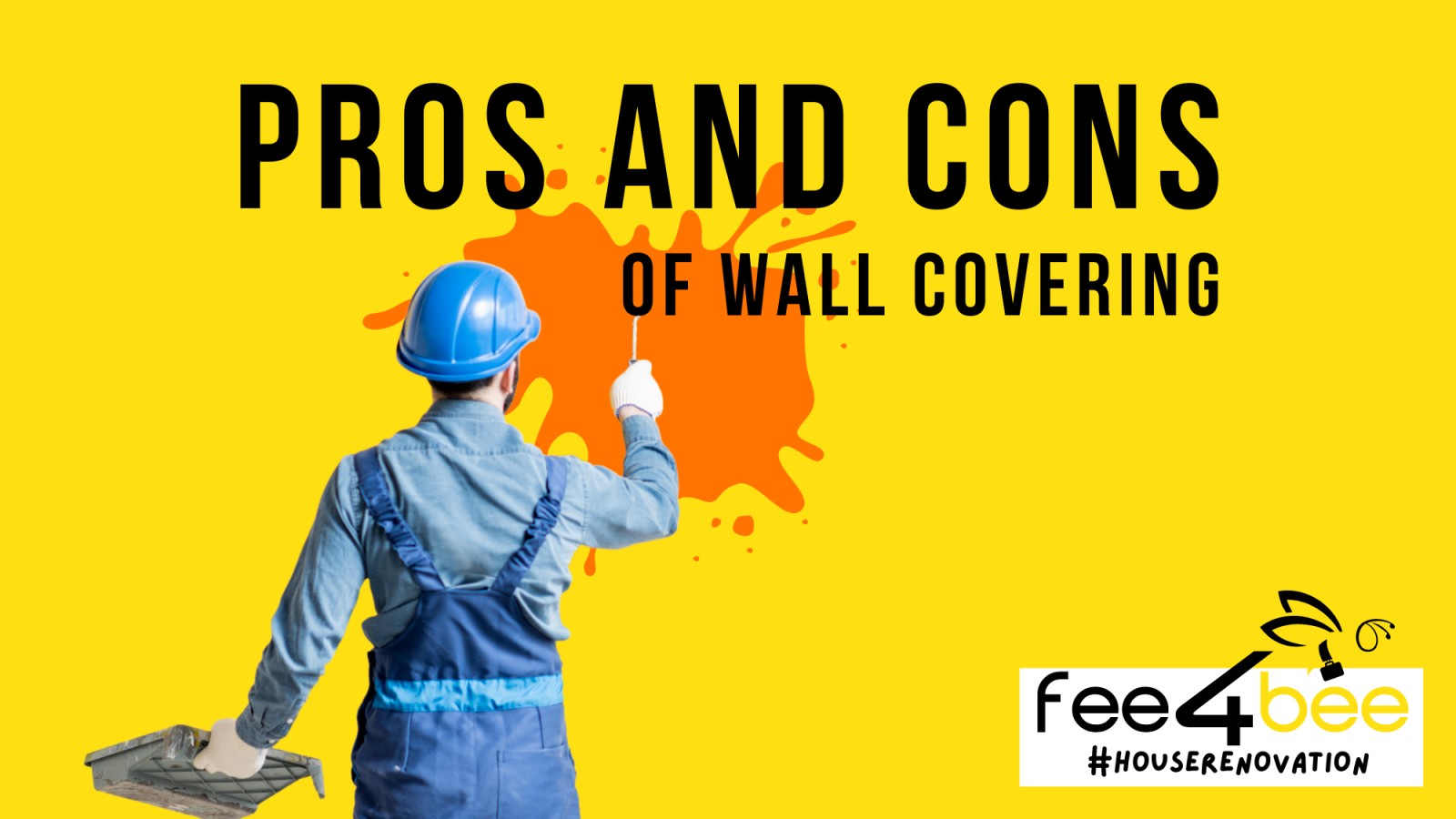- Winter Tasks
- Cleaning Services
- Moving Services
- Handyman
- Furniture Assembly
- Shopping and Delivery
- Office Services
- Commercial Cleaning
- Commercial Handyman
- Commercial Painting
- Conference Room Setup
- Office Housekeeping
- Office Movers
- Office Snack Delivery
- Office Supply Delivery
- Office Furniture Assembly
- Ergonomic Office Setup
- Office Setup & Organization
- Data Entry
- Proofreading services
- Office Administration
- Office Interior Design
- Business services
- Assembling IKEA furniture
- Assembling an IKEA kitchen
- IKEA dressing room assembly
- Assembling IKEA cabinets
- IKEA bathroom furniture assembly
- Assembling IKEA beds
- Assembling IKEA tables
- Assembly of IKEA seats
- Assembling IKEA sofas
- Assembling dressers IKEA
- Assembling IKEA racks
- Assembling IKEA pedestals
- Assembling children's furniture IKEA
- Assembling IKEA chairs
- Assembling other IKEA furniture
- Coaching
- Beauty and health services
- Domestic services
- Construction works
- Finishing work
- Services for animals
Wallpaper vs paint. What would work better for your renovation?

When renovating your home, wallpaper or painting both are great ways to make a bold statement. Deciding on whether to use wallpaper or paint your walls can be a tricky decision. Either option will make the room look fresh and inviting when performing professionally.
The painting looks more cost-effective option for renovation. It requires less skill and time than wallpaper. The question is, how much time and money will you spend preparing the walls and putting the finishing touches on the walls? If you are going to apply a new coat of paint to an already finished wall, then it will be very different from painting the wall from scratch.
While wallpaper costs more, it's worth it in the long run. A well-done wallpaper job will make your home more attractive and add value to your home. Wallpaper installation has a number of other advantages, such as thermal and acoustic insulation, resistance to moisture.
So what to choose wallpaper or paint?
The following are some tips to help you decide which method is best for your home:
- When choosing between wallpaper and paint, consider the type of wall. Wallpaper is an excellent option for covering imperfections and adding unique textures and patterns to the wall. It is not crucial that the wall conditions be good, as they will not be apparent below the wallpaper. While the paint cannot be applied to dirty or damaged walls. You might need to plaster, smooth, or wash them first.
- Before you decide on is it better to paint or put wallpaper, think about the purpose of the space. Wall painting is generally recommended for bathrooms, kitchens, and hallways. Wallpaper is an excellent choice for bedrooms and living rooms. They'll make your space feel cozier.
- Depending on your budget and the size of the room, you can choose a more affordable alternative to create an entirely new look. Quality wallpaper is usually more expensive than painting. It is also difficult to install, requires lots of tools and manpower. However, wallpapering is usually less expensive than hiring a house painter. High-quality vinyl wallpaper can last for 15 years or longer with very little maintenance. Think about whether your lifestyle or your pets would be responsible for the wall's frequent painting.
- Finally, consider the time allotted to the project to make the proper finishing. The process of hanging wallpaper is time-consuming, as measuring, cutting to size and matching seams are required. As for painting, you can paint over existing coats with simple tools like paintbrushes and paint rollers.

The pros and cons of both wall coverings:
| Wallpaper benefits | Wallpaper disadvantages |
|---|---|
| A variety of patterns, shades, textures | Difficulties connecting the pattern of a wallpaper |
| Does not require careful preparation of the walls | Maintenance complexity |
| Has low thermal conductivity, better soundproofs | It takes more time to hang wallpaper than to paint |
| Is good to the touch, consists of environmentally friendly and harmless material | Low moisture resistance |
| Painting benefits | Painting disadvantages |
|---|---|
| Can easily be corrected if it is not the right colour | Limitation in textures and patterns |
| Allow you to get unique colours that are difficult to find in catalogues | Need to be touched up or repainted over time |
| Suitable for pet owners In case they cause damage to the walls | The walls would not have proper circulation |
| Easy to repaint. A good option for those who like interior' experiments | Paints are often made up of harmful chemicals, substances, or solvents |
What to pay attention to when choosing a wall covering

There are a lot of options for wall coverings and picking the right one can be tricky. You need to consider several factors, including the quality of the material, your budget, and your personal taste. You also need to consider the length of time that you can spend renovating your room. After all, you will have to free up enough space for workers in the room and take out all the furniture.
Style
Consider the style and aesthetic of your existing furniture and wall hangings. If you already have paintings, decorating or rugs, you might want to match your new wall covering to them. Choosing a busy wall covering will compete with the busy pieces of art hanging on the walls. Furthermore, choosing a wallpaper with ornate designs may clash with modern-style furniture. If you find it difficult, turn to home decorators to choose which style and material you want and which colour will fit the room best?
Cost
How much more expensive is wallpaper than paint? The price of a roll of wallpaper is CAD $30 to $80, and the cost of a gallon of paint is around CAD $50. It is important that your budget is considered and that the installation process is smooth. The price of both wall coverings will vary depending on what quality you choose. Paints are water-based or water-dispersion and can be acrylic, latex or silicone. Wallpaper can be non-woven, vinyl, fabric, and prepasted. Each of them is used for specific purposes that need to be taken into account.
Wall preparation
Before you start painting, you should prepare the wall for painting. Every skillful home renovation contractor will confirm that levelling and priming are essential parts of the renovation. Before you begin, sanding and smoothing uneven walls is crucial. This will prevent paint from flaking and spots or other imperfections. If you plan to paint the wall, make sure it is smooth and even. Using a primer is important because it will prevent paint from smudging.
Textured walls
There are several ways to get textured walls. Textured wallpaper is the simplest choice. It is also a cheaper option than painting when it comes to making your wall textured. Paintable wallpaper will give a textural effect to the walls, and you can repaint them again in the future. Another opportunity is to apply paint with embossed rollers and stencils. Keep in mind that this will require special skills and painting tools. Decorative paints allow you to get a pattern by simple dyeing, but they are distinguished by a high price for the supplies themselves.
Season
A common misconception is that you better cover the walls during the warm season. If you are going to hire finishing workers, then in the wintertime you can get a discount due to low demand. In the off-season, you can also notice a decrease in prices for paints and supplies. Take advantage discount!